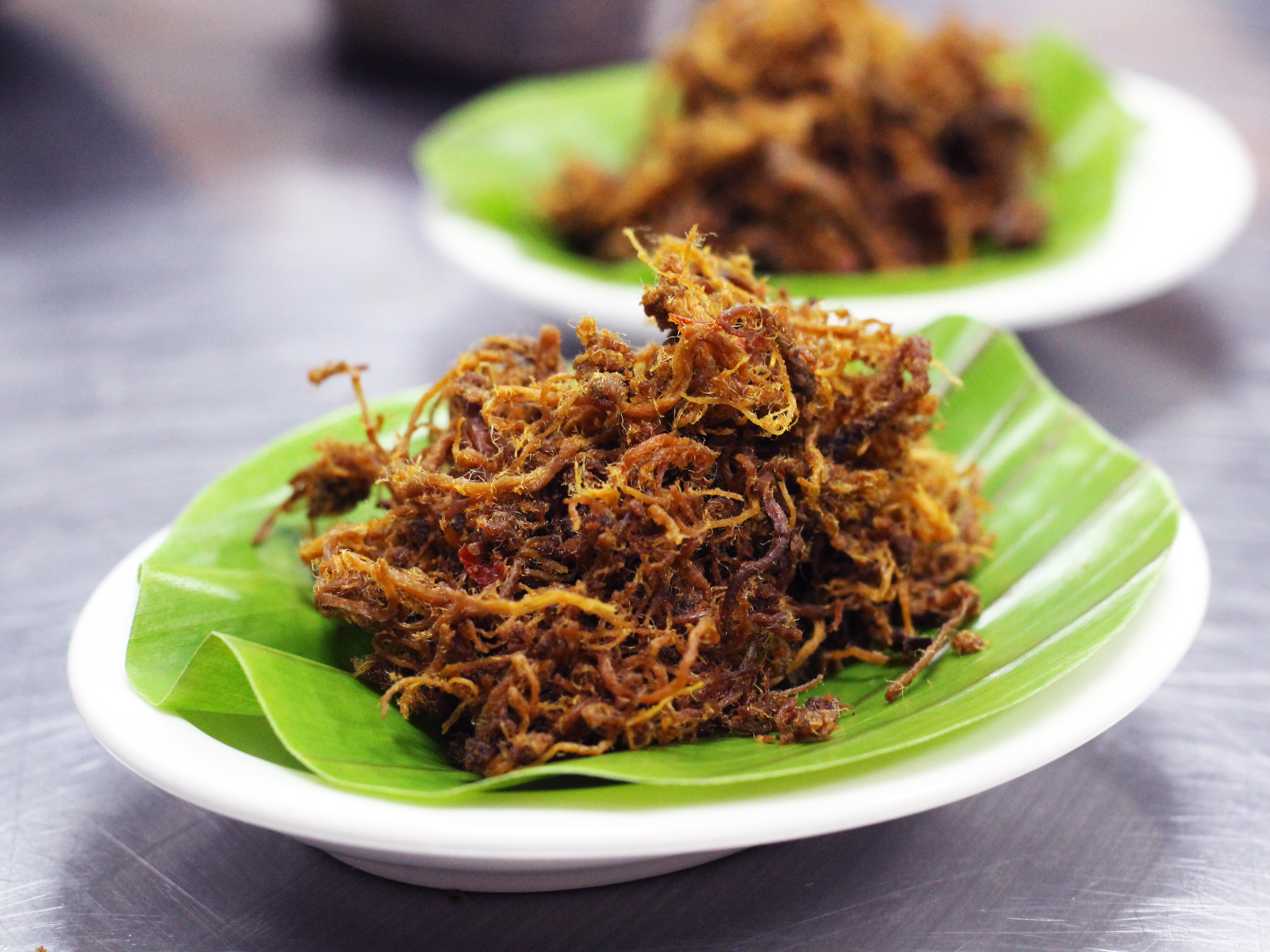AMONG one of the joys of travelling abroad is the exposure to different types of cuisines. In my opinion, this makes up 50 percent of the experience, a priceless bit of insight into the types of food that the locals consume on a daily basis.
Part of the other 50 percent is made out of cross cultural differences, which sometimes include unusual and strange eating habits. Sometimes, these different practices can leave us feeling out of place or come off as unintentionally rude. But then again, strange is just a matter of perspective, no?
Here we’ve compiled some eating habits that could benefit you when traveling to a foreign country.
India
It is pretty widely known that Indians traditionally eat with hands. However, this practice is not limited to traditional Indians only. Many urban Indians today, whether living in India or not, maintain the practice of eating using their hands. Some say it is more delicious to do so, perhaps due to the ability to personally mix your food and curries to your precise taste.
Before settling down to begin your meal, make sure to wash your hands thoroughly first. Always eat with your right hand only – eating with your left is considered disrespectful and unhygienic. As a rule of thumb, make sure not to have any food touch your palms, and do not put your fingers into your mouth. Instead use your thumb to push the food into your mouth.
China
The use of chopsticks when eating Chinese cuisine is one that needs practice. To hold the chopsticks properly, first hold the first stick like a pencil, and the second stick between your thumb and your ring finger. Your middle finger should be in between the two chopsticks, acting as somewhat of a fulcrum.
When eating with chopsticks, makes sure not to use it to point, tap, suck the tips, or use it upside down (it’s really easier than it sounds). Also, a big no-no is sticking it vertically into your rice bowl, especially if you are with a superstitious crowd, as this mimics the use of traditional incense used to honour the dead.
Japan
In Japan (and in some local Japanese restaurants), before sitting down to a meal, fresh hot towels called oshibori are given out for patrons to clean their hands with. When your orders arrive, it is also polite to utter the phrase “itadakimasu“, which means “I graciously receive” or can be thought of as a version of the French’s “bon apetit“
Also, remember how your mother told you not to make slurping noises when drinking your soup? Forget all that when heading to Japan.
In Japan, it is customary to slurp your noodle soup as loud as you can when eating your noodle soup or ramen. It serves as a display of enjoyment as well as supposedly enhancing the flavours of the soup as you consume it. If you’re a beginner, like me, expect to cough and choke a lot on your first few tries.
Iran / Middle East
In the Middle East, in general, it is not uncommon to eat with your hands. In Iran, bread is commonly served whole on the centre of the table (sometimes directly on the table), and guests are expected to help themselves to the bread using their hands. Sometimes, accompanying side dishes are also served at the centre of the table. Tear small pieces of the bread and use the bread to scoop up the accompanying dishes. Do not lick or put your fingers in your mouth when eating with your hands.
In Iran, you’ll also find that during the hot summers, lunch is taken rather heavily and followed by a period of rest, where shopkeepers and merchants close their shops for a couple of hours to escape the heat. So make sure you grab a meal before then.
Britain
Dinner may not be the dinner that you and I know (assuming you’re a Malaysian reading this). Depending on which part you are visiting in England, the term “dinner” can refer to the afternoon meal, or lunch as some of us know it. What we know as dinner is sometimes called tea or supper, depending on how late it is consumed. Supper is generally a lighter meal taken later in the evening.
In some parts, the term “dinner” is used for the biggest and most important meal of the day, whether afternoon or evening, and the distinction does not matter.
So if your British counterpart invites you out for dinner, make sure to ask what time of the day that means.
South Korea
In Korea, respect for the elders is a key element to keep in mind. Before beginning a meal, make sure the seniors and elders on the table have begun eating first. Unlike China and Japan, holding your rice bowl in your hand while eating is not a norm here unless you are receiving food that is being served to you. When receiving food or drink served to you, you should hold your bowl or glass with two hands to be polite.
Russia
Russians eat lunch as their main and heaviest meal, sometime between 1pm to 3pm. For dinner, their meals are typically lighter and sometimes consist of a simple breads, meats, and vegetables. Tea is usually served after the dinner. When drinking vodka in Russia, drink it plain, without any mixers or ice. Mixing vodka with anything else is considered to be ruining the purity of the alcohol.







Wow! Some of it seems a bit weird but I got to learn how different countries eat their food and traditions in doing so.
This was very helpful and interestingand I learnt alot.
This website was very helpful, I love to respect people’s culture and where they come from. I feel like it’s really important for those who like to travel so they know the history of the places they will be dining at. Places like India,China, Russia, Iran, South Korea, Japan & Britain deserve to be treated with much respect from food to their their culture overall.